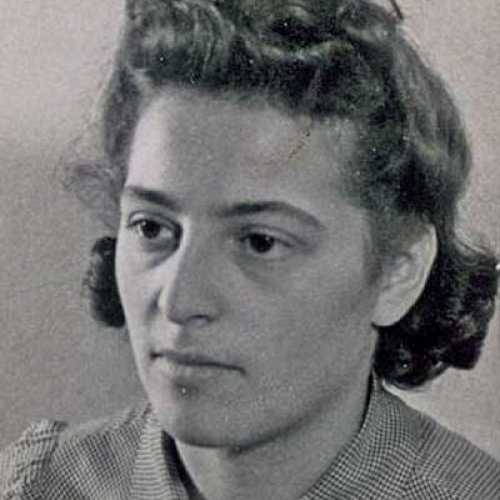
Herzogenbusch-Vught was a Nazi concentration camp located in Vught near the town of 's-Hertogenbosch, Netherlands. The camp was opened in 1943 and held around 32.00 prisoners. 749 prisoners died in the camp, and the others were transferred to other camps shortly before Herzogenbusch was liberated by the 5th Battalion, Queens Own Cameron Highlanders on October 26, 1944. After the war, the camp was used as a prison for Germans and for Dutch collaborators. Today there is a visitors' centre which includes exhibitions and a memorial Nationaal Monument Kamp Vught remembering the camp and its victims.
"For evil to flourish, it only requires good men to do nothing".
Simon Wiesenthal

Areal photograph of Kamp Vught

Main building of the Camp Vught Kommandantur in 1945 (collection of National Monument Camp Vught).
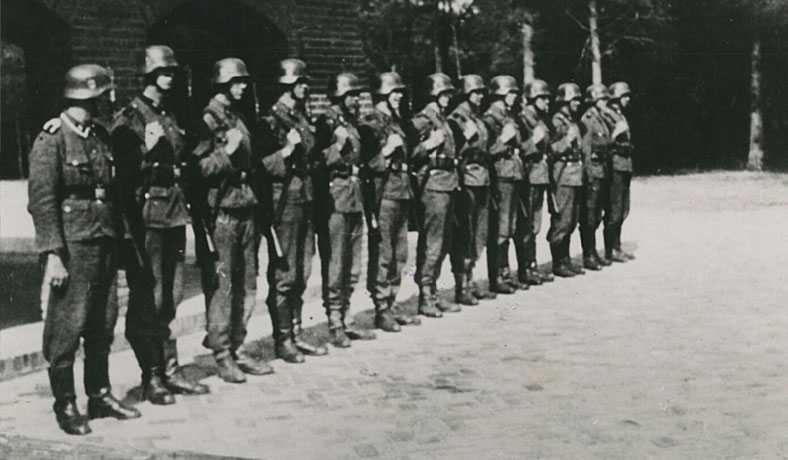
Guard battalion at Kamp Vught
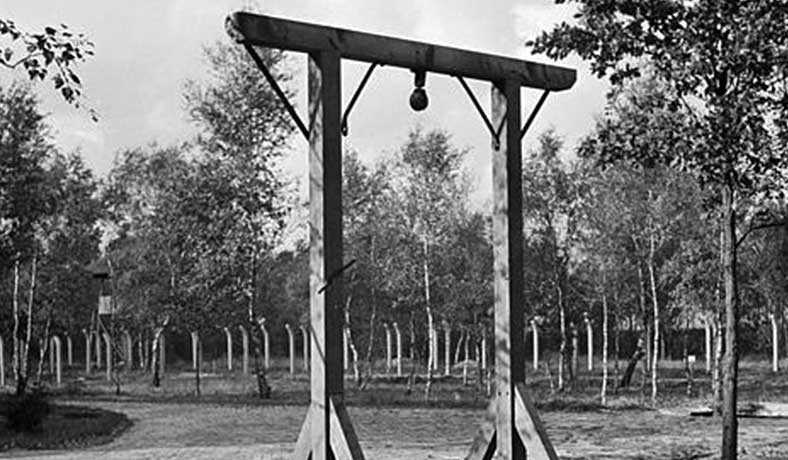
The gallows found at Kamp Vught after liberation

Kamp Vught after liberation
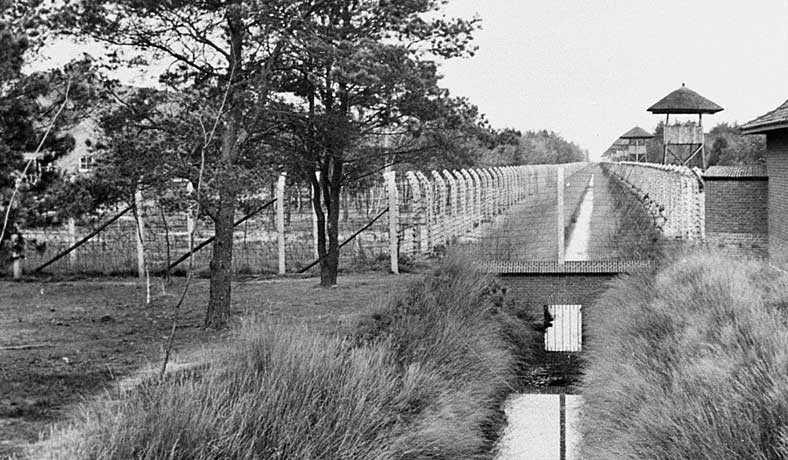
The extended camp grounds

Barbed wire fences with a water trench surrounding the camp area

Prisoners walk under the SS barracks used for roll call
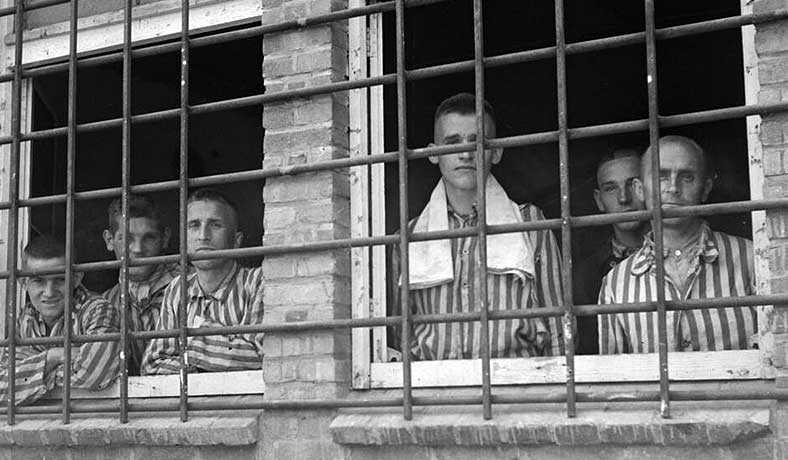
Prisoners of the internment center at Kamp Vught

Vught was an internment center after the war
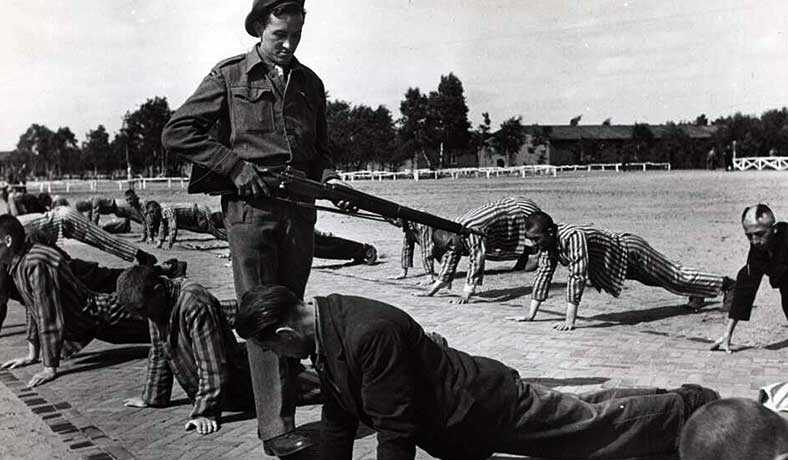
Penalty gymnastics for collaborators and SS men (they were forced to wear the striped uniforms)
- Areal photograph of Kamp Vught
- Main building of the Camp Vught Kommandantur in 1945 (collection of National Monument Camp Vught).
- Guard battalion at Kamp Vught
- The gallows found at Kamp Vught after liberation
- Kamp Vught after liberation
- The extended camp grounds
- Barbed wire fences with a water trench surrounding the camp area
- Prisoners walk under the SS barracks used for roll call
- Prisoners of the internment center at Kamp Vught
- Vught was an internment center after the war
- Penalty gymnastics for collaborators and SS men (they were forced to wear the striped uniforms)
History, definition and facts about Kamp Vught
During World War II, Nazi Germany occupied Netherlands from 1940 to 1945. In 1942, the Nazis transported Jewish and other prisoners from the Netherlands via the transit camps Amersfoort and Westerbork to the Auschwitz concentration camp, except for 850 prisoners sent to Mauthausen concentration camp. When Amersfoort and Westerbork proved to be too small to handle the large number of prisoners, the Schutzstaffel (SS) decided to build a concentration camp in Vught, near the town of 's-Hertogenbosch or Den Bosch.
The building of the camp at Herzogenbusch, the German name for 's-Hertogenbosch, started in 1942. The camp was modelled on concentration camps in Germany. The first prisoners, who arrived in 1943, had to finish the construction of the camp, which was in use from January 1943 until September 1944. During that period, it held around 32.000 prisoners: Jews, political prisoners, resistance fighters, Gypsies, Jehovah’s Witnesses, homeless people, black market traders, criminals, and hostages.
The bunker drama at Kamp Vught
In the night of 15 to 16 January 1944, the bunker drama took place in 'de Bunker' of Kamp Vught. There on Saturday January 15, 1944, in retaliation, 74 female prisoners were locked in one 9 square metres small room without ventilation. Ten women would not survive.
Prelude
In June 1943 Agnes Jedzini (born in Flensburg, Germany on January 6th, 1903) is imprisoned in the Frauenlager of Kamp Vught for insulting Hitler. Hoping for early release, she betrays fellow inmates. When her fellow inmates find out, they decide that Jedzini's braid should be cut off as punishment. Non Verstegen, a prisoner with communist sympathies and great charisma, uses a pair of scissors to do this.
Jedzini complains to Adam Grünewald the new Kamp Vught Commandant. He calls prisoner Verstegen to account. Non Verstegen takes the blame and is locked up in a cell of the Bunker prison complex within Kamp Vught. When this news reaches the other women, 91 of them decide to declare their solidarity with Non Verstegen by writing down their names. That Saturday, January 15, 1944, the 91 women on the list are also taken to the bunker.
In cell 115, just a 9 square metres prison room, 74 women are incarcerated. Another 17 women are locked up in cell 117. There is only a small hole to supply the women with fresh air but too little oxygen enters the room. The women who faint remain upright because there is no room to fall.
The next morning
The cell door was probably opened by an Aufsherin shortly arounf sven or eight o'clock the next Sunday morning. Startled by the sight and the smell, she immediately reshuts the door. A little later the door is opened again by the Oberaufseherin, she even beats one of the women to keep them in the cell. However, the women tumble over each other out of the room. About 34 bodies remain in a heap in the center of the cell. Tineke, one of the youngest female prisoners, went back into the cell to drag some women into the hallway. Meanwhile Grünewald has arrived together with the camp doctor, Doctor Wolters. Grünewald, cursing and yelling, orders Wolters to take all the women out of the cell. Together with some guards, Wolters puts the women in the hallway and tries to train some of the women. Wolters ensures that the women are given food and drink and that they are not locked in the same cell again. Instead, the women are divided into groups of five among the empty cells and given mattresses and blankets. All this against the wishes of Grünewald. Cell 117 is not opened until around one o'clock in the afternoon, then these prisoners only get an idea of what happened in cell 115.
Aftermath
It will take until that evening for all prisoners to be removed from their cells. They are then led before Grünewald and charged with mutiny. The women are forced to sign a statement taking the blame for the incident and are then returned to their barracks. Non Verstegen also has to answer for Grünewald. She refuses to sign and is put back in jail. On the advice of some fellow inmates, she still signs the next day and also mentions the name of Thea, who was partly responsible for cutting Jedzini's hair. Grünewald is not satisfied with this and locks Non up again, she would not be released until a month and a half later. This incident never had any consequences for Thea, she was released according to plan the day after cutting Jedzini's hair.
Agnes Jedzini dies in the camp on January 22, 1944. Her death certificate read that she died of lung abscesses as a result of a lung penetration.
The end of Kamp Vught
Due to hunger, sickness, and abuse, at least 749 men, women and children died in Herzogenbusch. Of those, 329 were murdered at the execution site just outside the camp. As allied forces approached Herzogenbusch, the camp was evacuated and the prisoners were transferred to concentration camps further east. By 4 – 5 September 1944, the women inmates had been sent to Ravensbrück Concentration Camp and the men to Sachsenhausen concentration camp.
On 26 October 1944 Allied forces liberate the camp after fighting a rear guard of SS personnel left to defend the nearly evacuated facility. There were around 500 - 600 prisoners left alive, who were due to be executed that afternoon, and whose lives were saved by the arrival of the liberating forces the 5th Battalion, Queens Own Cameron Highlanders . About 500 inmates were also discovered dead in piles near the gates, having been executed the very morning of the day the camp was liberated.
Internment camp (1944 to 1949)
After the last prisoners have to be transported to Sachsenhausen and Ravensbrück in September, the camp is left vacant. From October 1944, the first suspects of collaboration, NSB members and Reichsdeutsche, end up in internment camp Vught. A total of 7.000 Dutch collaborators were imprisoned in Vught. The internment camp is closed in mid-January 1949.
German civilian evacuees (1944 to 1945)
Partly in the same period, the site will be used as a reception camp for German civilian evacuees from the border area near Sittard. After the Allies conquered the south of The Netherlands, these civilians found themselves in the front line. They are evacuated to Vught, this happened in the period between mid November 1944 to mid May 1945.
Former German SS
Former Waffen SS men were also interned in the former concentration camp Vught. The approximately 300 Waffen SS men wore the stripe suits previously worn by the concentration camp inmates. While waiting for their trial, they had to clear away German landmines. Disciplinary measures were the order of the day in the camp. Not infrequently, these degenerated into humiliation and mistreatment of the prisoners. The main reason for this was that the camp personnel were very hostile to the collaborators and former German soldiers.
Notable inmates
Original video footage
Real eyewitness testimonies
Berendina Diet Eman - Vught survivor
"A warm thank you to the United States Holocaust Memorial Museum for their willingness to help in allowing their testimonies to be featured on my website.
The camp specifications
January 1943 - 26 October 1944
32.000
749

5th Battalion, Queens Own Cameron Highlanders
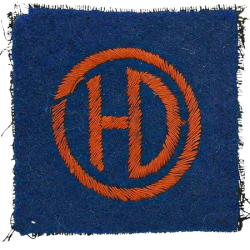
51st Highland Divsion
Liberated on: 26 October 1944
"None of us who entered the camp had any warning what so ever of what we were about to see".





